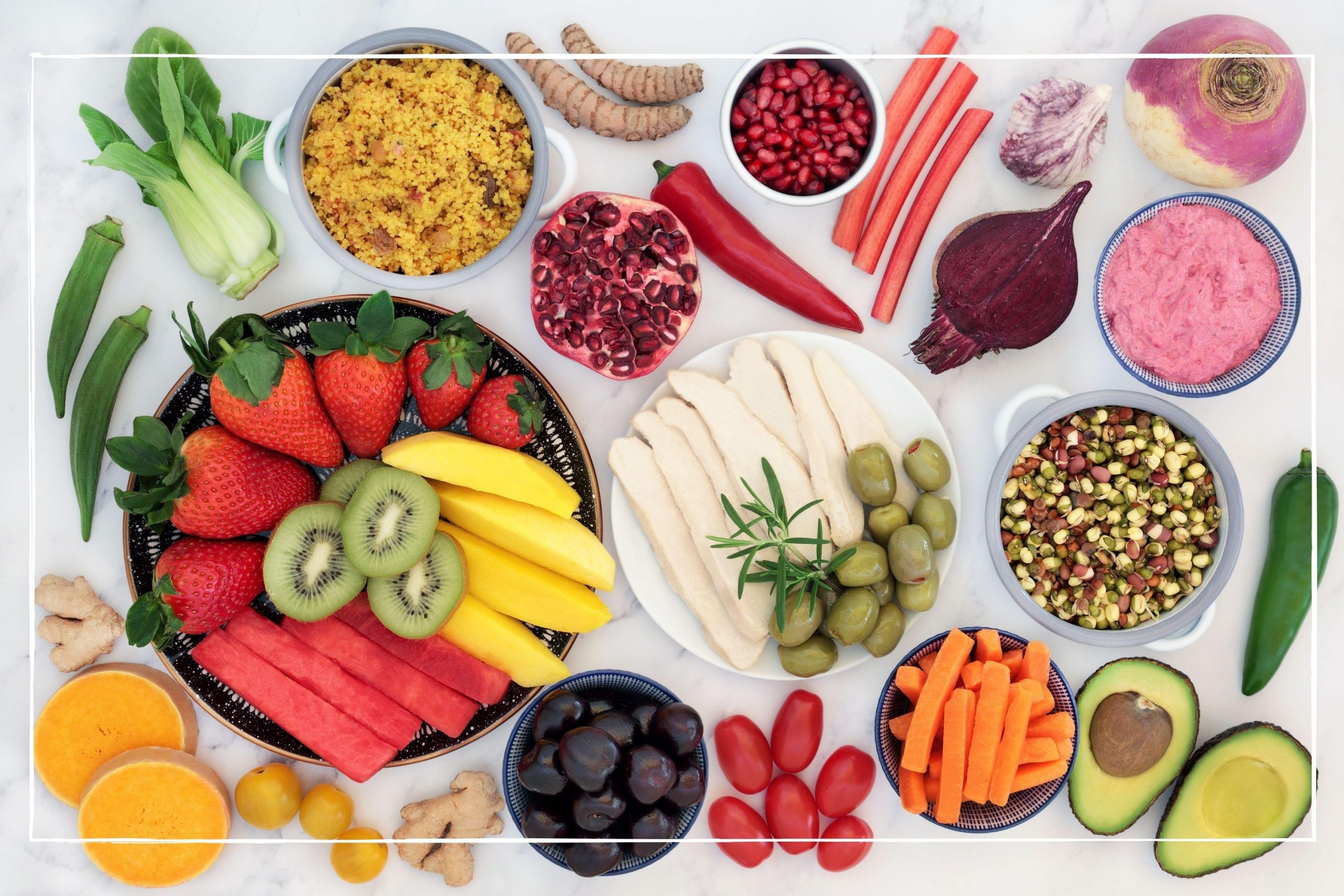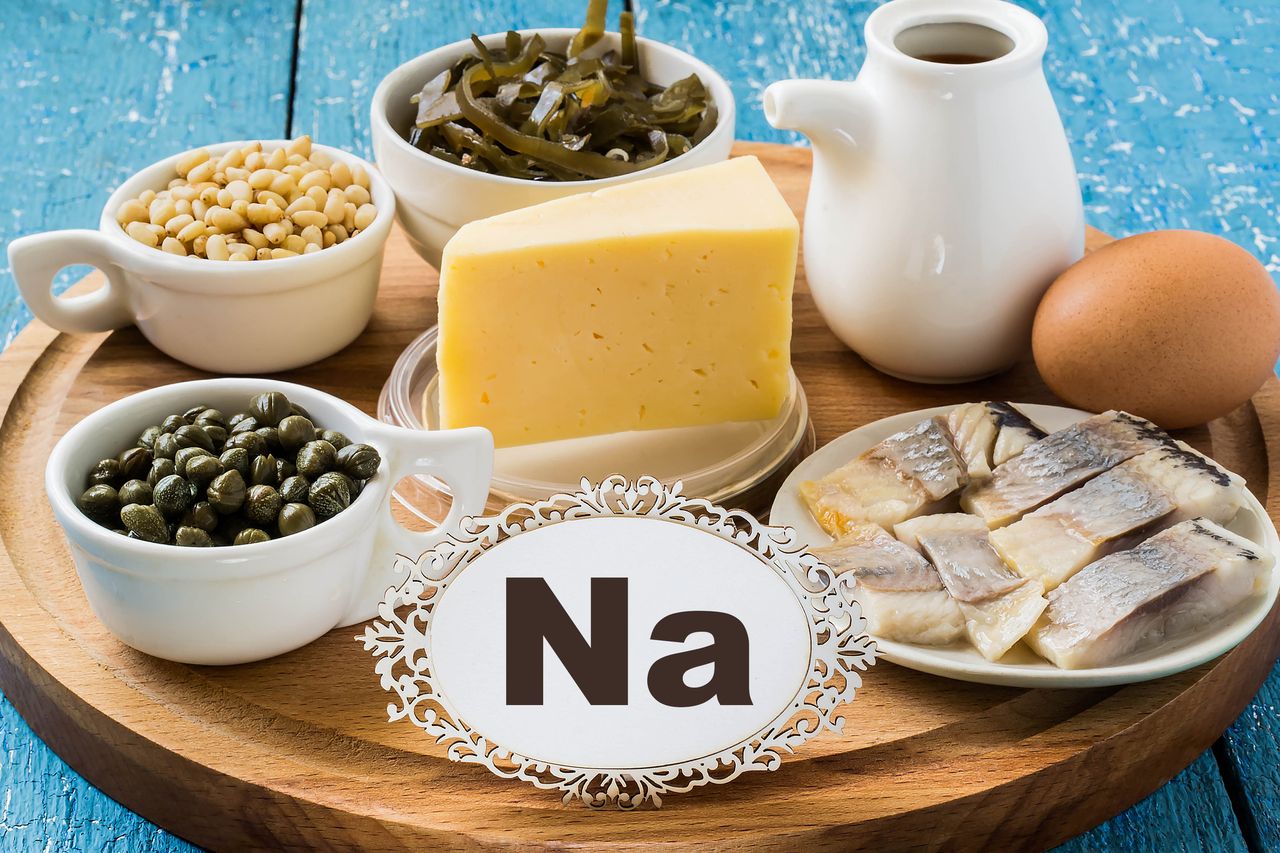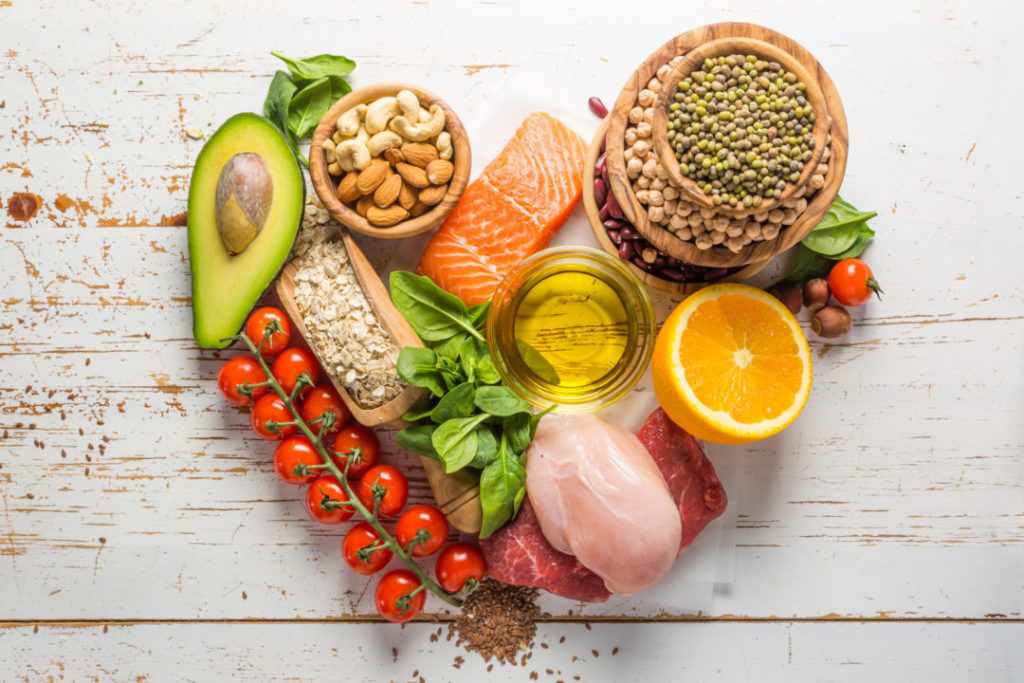Incorporating low-sodium foods into your diet can play a significant role in managing fluid balance and reducing swelling in pancreatitis. Pancreatitis, an inflammation of the pancreas, requires careful dietary considerations to alleviate symptoms and promote healing. By understanding the importance of a low-sodium diet, identifying high-sodium foods, making appropriate low-sodium food choices, and exploring flavoring alternatives, you can effectively manage fluid balance and reduce swelling. In this article, we will explore the top five helpful pieces of information to guide you in incorporating low-sodium foods for pancreatitis management.
1, Importance of a low-sodium diet.
low-sodium diet can play a crucial role in managing fluid balance in pancreatitis. Pancreatitis is inflammation of the pancreas, and it can disrupt the normal functioning of this important organ. Sodium, a component of salt, is a mineral that plays a significant role in regulating fluid balance in the body.
When sodium intake is high, it can lead to water retention in the body. This occurs because sodium attracts and holds onto water, leading to an increase in fluid volume. In the context of pancreatitis, excess sodium can exacerbate fluid accumulation, which can result in swelling and increased strain on the pancreas.
By following a low-sodium diet, individuals with pancreatitis can help maintain a healthier fluid balance. Limiting sodium intake reduces the amount of water retained in the body, thereby reducing swelling and fluid accumulation. This can alleviate some of the strain on the pancreas, as well as help manage other symptoms associated with fluid overload, such as edema or ascites.
Additionally, reducing sodium intake can also have other health benefits. High sodium consumption is linked to an increased risk of developing high blood pressure, cardiovascular diseases, and kidney problems. By adopting a low-sodium diet, individuals can promote overall cardiovascular and renal health, which is particularly important for individuals with pancreatitis who may already be at a higher risk for these conditions.
It is worth noting that managing fluid balance in pancreatitis is a complex process that involves various factors, and a low-sodium diet is just one aspect of the overall treatment plan. It is essential for individuals with pancreatitis to work closely with their healthcare providers, including dietitians or nutritionists, to develop a comprehensive dietary plan that meets their specific needs and takes into account other considerations such as nutrient requirements, digestive function, and overall health status.
2, Recommended daily sodium intake.
The American Heart Association (AHA) recommends a maximum daily sodium intake of 1,500 to 2,300 milligrams (mg) for most adults. This recommendation aims to promote cardiovascular health and reduce the risk of high blood pressure, heart disease, and stroke.
However, as you mentioned, individuals with specific medical conditions such as pancreatitis may require further sodium restriction based on their individual needs. In some cases, healthcare professionals or registered dietitians may recommend a lower sodium intake to manage fluid balance, reduce strain on the pancreas, and address other health concerns.
It's important to consult with a healthcare professional or registered dietitian who can evaluate your specific condition and provide personalized dietary recommendations. They will take into account your medical history, current health status, nutritional needs, and any other relevant factors to determine the appropriate sodium intake for you.
It's worth noting that sodium intake is not only determined by added table salt but also by the sodium content in processed and packaged foods. These foods often contain high amounts of hidden sodium, so it's essential to read food labels carefully and choose lower-sodium options when possible. Working with a healthcare professional or registered dietitian can help you develop a well-balanced and customized dietary plan that meets your specific sodium requirements and supports your overall health.
3, Identifying high-sodium foods.
Being aware of high-sodium foods is crucial when trying to reduce sodium intake and manage fluid balance effectively. Here are some common high-sodium culprits that you mentioned:
Processed Foods: Many processed foods, such as canned soups, canned vegetables, and packaged meals, tend to be high in sodium. These foods often undergo preservation and flavor enhancement processes that involve adding sodium. Opting for fresh, whole foods and preparing meals from scratch can help reduce sodium intake.
Fast Food: Fast food items like burgers, fries, pizza, and sandwiches are typically high in sodium. These foods are often prepared with added salt and flavorings to enhance taste. Choosing homemade alternatives or healthier restaurant options with lower sodium content can help reduce sodium intake.
Cured Meats: Cured meats like bacon, ham, sausage, and deli meats are often high in sodium. They undergo a curing process that involves adding salt to preserve and flavor the meats. Opting for fresh, lean meats or low-sodium versions of cured meats can be a healthier choice.
Condiments: Condiments such as soy sauce, ketchup, salad dressings, and barbecue sauce can be significant contributors to sodium intake. These condiments are often high in sodium to enhance taste. Choosing low-sodium or sodium-free versions, or using alternative flavorings like herbs, spices, and vinegar, can help reduce sodium in meals.
Snacks: Snack foods like chips, pretzels, popcorn, and salted nuts are typically high in sodium. They are often seasoned or salted to enhance flavor. Opting for healthier snack options like fresh fruits, vegetables, unsalted nuts, or homemade snacks can be a better choice.
Reading food labels is crucial in identifying high-sodium foods. Look for the sodium content listed on the nutrition label and choose lower-sodium alternatives whenever possible. Foods labeled as "low-sodium," "reduced sodium," or "no added salt" can help in managing fluid balance effectively. It's also important to pay attention to serving sizes, as the sodium content is often listed per serving.
By being mindful of these high-sodium foods and making informed choices, individuals can reduce their sodium intake and better manage fluid balance, especially for conditions like pancreatitis. Consulting with a healthcare professional or registered dietitian can provide further guidance and support in developing a personalized low-sodium diet plan.
4, Low-sodium food choices.
When aiming for a low-sodium diet, focusing on fresh, whole foods is key. Here are some low-sodium food choices you can incorporate into your meals:
Fruits and Vegetables: Fresh fruits and vegetables are naturally low in sodium. They provide essential nutrients, fiber, and antioxidants. Opt for a variety of colorful options to maximize nutritional benefits.
Lean Proteins: Choose lean protein sources such as poultry (skinless chicken, turkey), fish (salmon, cod, tuna), and legumes (beans, lentils). These protein sources are generally lower in sodium compared to processed or cured meats.
Whole Grains: Opt for whole grains like brown rice, quinoa, whole wheat bread, and oats. These are healthier alternatives to refined grains and processed foods that may contain higher sodium levels.
Low-Fat Dairy Products: Select low-fat or fat-free dairy products such as milk, yogurt, and cheese. These options are generally lower in sodium compared to full-fat dairy products. Be mindful of flavored or processed dairy products, as they may contain added sodium.
Homemade Meals: Cooking meals at home allows you to have control over the amount of added salt. Use sodium-free or low-sodium seasonings, herbs, and spices to add flavor to your dishes. Experimenting with different herbs and spices can make your meals tasty without relying on excessive salt.
Read Food Labels: When purchasing packaged or canned foods, carefully read food labels to identify lower-sodium options. Look for products labeled as "low-sodium," "reduced sodium," or "no added salt." Compare brands to find the ones with the lowest sodium content.
Remember, it's always beneficial to consult with a healthcare professional or registered dietitian to develop a personalized low-sodium diet plan that suits your specific needs and health condition. They can provide guidance on portion sizes, meal planning, and additional tips for reducing sodium intake while maintaining a well-balanced diet.
5, Flavoring alternatives.
Lowering sodium intake doesn't have to mean sacrificing flavor in your meals. There are numerous herbs, spices, and flavor enhancers that can add delicious taste to your dishes. Here are some examples:
Garlic and Onion Powder: Garlic and onion powders can provide savory flavor to your dishes without adding sodium. They are versatile and can be used in a variety of recipes.
Lemon Juice and Vinegar: Adding a splash of lemon juice or vinegar (such as balsamic or apple cider vinegar) can enhance the taste of your meals. They add brightness and acidity without relying on salt.
Fresh Herbs: Fresh herbs like basil, rosemary, thyme, cilantro, and parsley can infuse your dishes with vibrant flavors. They are a great way to add aroma and taste to your meals.
Salt-Free Seasoning Blends: Look for salt-free seasoning blends or make your own at home using a combination of herbs, spices, and other flavorings. These blends are specifically designed to add flavor without the use of sodium.
Citrus Zest: The zest of citrus fruits like lemon, lime, or orange contains aromatic oils that can provide a burst of flavor to your dishes. Grate the zest and sprinkle it over your food for a tangy and refreshing taste.
Low-Sodium Soy Sauce Alternatives: If you enjoy Asian cuisine, consider using low-sodium soy sauce alternatives like tamari or coconut aminos. These options have a reduced sodium content while still providing a rich umami flavor.
By incorporating these flavoring alternatives into your cooking, you can make low-sodium meals enjoyable and appetizing. Experiment with different combinations to find the flavors that you prefer. It's also helpful to keep a variety of herbs, spices, and other flavor enhancers on hand to add versatility to your dishes.
Remember, taste preferences can vary, so feel free to adjust the amounts and combinations of herbs and spices to suit your personal preferences. With a bit of creativity and exploration, you can create flavorful meals while promoting fluid balance and reducing swelling.
Taking control of your diet is crucial when managing fluid balance and reducing swelling in pancreatitis. By following a low-sodium diet and incorporating the helpful information discussed above, you can make significant strides in promoting a healthier fluid balance and minimizing inflammation. Remember to consult with a healthcare professional or registered dietitian to tailor your sodium intake to your specific needs. With their guidance and your commitment to low-sodium food choices, you can create delicious, nourishing meals that support your pancreatic health and overall well-being. By prioritizing low-sodium foods, you are taking proactive steps towards a healthier, more comfortable life with pancreatitis.




Comments
Post a Comment